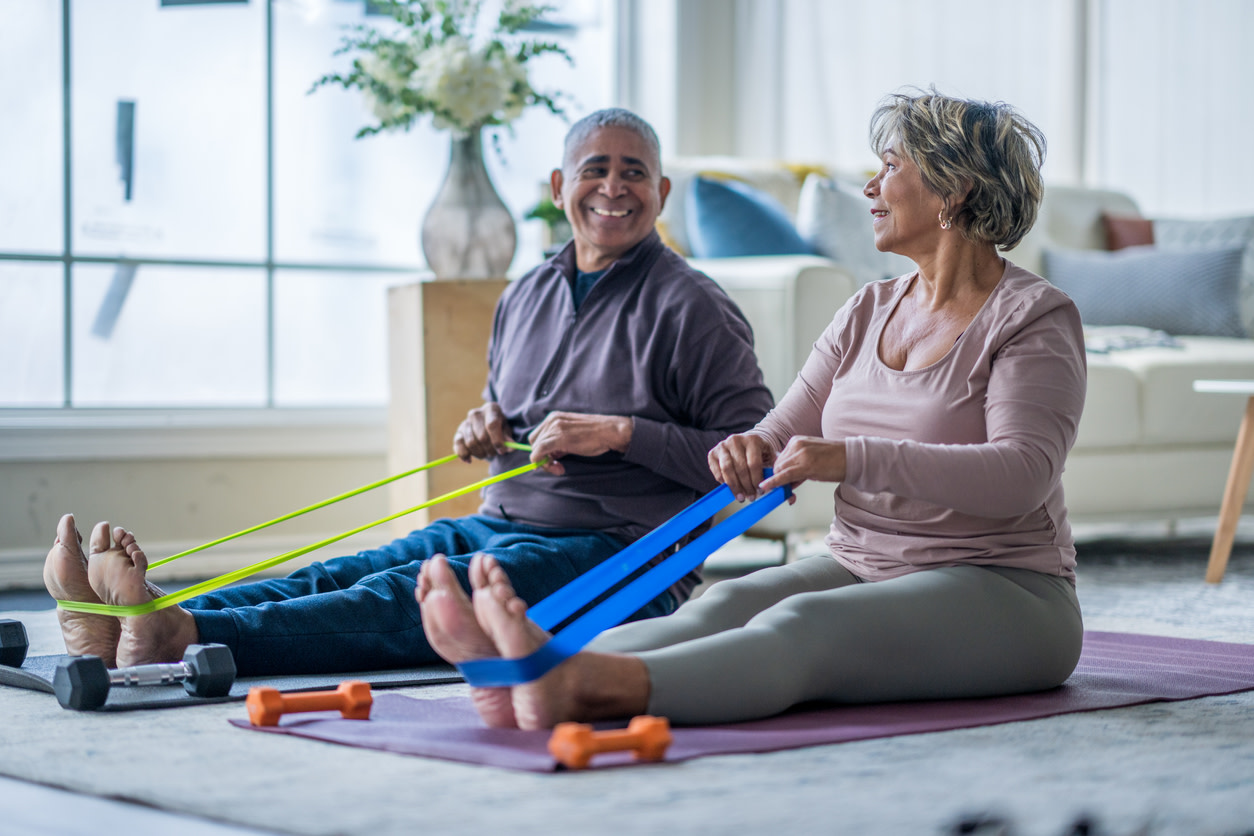How to Increase Bone Density: Tips From Physical Therapists
Learn how to increase bone density with expert tips, including exercises from physical therapists.
$0 costo para usted
Fecha de Publicación: Jul 2, 2024
El índice
Weight-Bearing Exercises to Improve Bone Density
¿Quieres atención de expertos? Consulta si estás cubierto por nuestro programa gratuito →- Banded Squat
- Wall Push Up
- Side Plank
